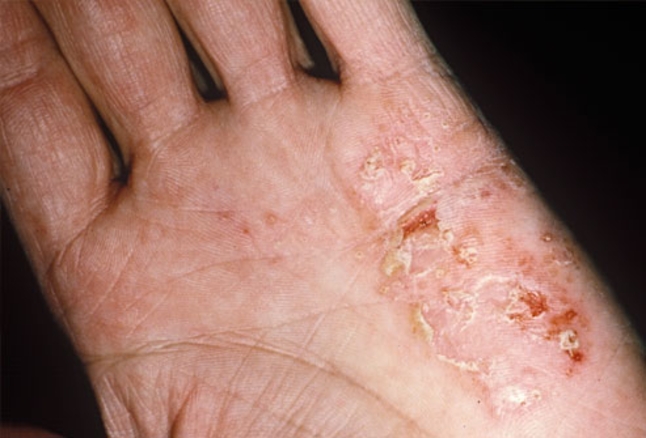Travel is part of most people’s lives these days. Whether for business or holidays and it’s easy to forget that, even with routine immunization, risks to health during travel are still very real. On top of that, obtaining health care in other countries can be much more complicated than it is in many countries. You can end up being extremely expensive if you travel without the proper level of insurance.
Find out if the country you're traveling to has reciprocal health facilities, which means you can be treated in their healthcare system free of charge or at a minimal cost. All European Economic Area countries (European Community countries plus Iceland, Lichtenstein, and Norway) have reciprocal agreements with the UK. You will need to fill out and travel with Form E111, which you need to apply for in advance of your travel.
Contact your GP or the Department of Health to find out how to apply. It's still advisable to have some insurance even when traveling to countries with reciprocal healthcare agreements; check with a travel agent for more details. Some other non-EEA countries have reciprocal agreements with the UK but note that most countries, including the US, Canada, Switzerland, India, Japan, and all African, Central, and South American and Middle Eastern countries do not.
You will need travel insurance to cover your medical expenses if you need to be treated in these countries; check with a reputable travel agent for advice about how much insurance you (and your family) will need. Check with your GP about whether you and your family will need immunizations for the countries you plan to visit. You should do this at least two months before you travel as some none at all. Be very careful in the sun. Overexposure to the sun can cause sunburn and heatstroke, and children are especially at risk. Don't go out in the sun at midday, stay in the shade when you can, and use a high-factor sunscreen at all times.
Make sure your children wear a high-factor sunscreen and headgear that also protects the back of the neck. Drink plenty of fluids, but make sure they're safe - canned and bottled drinks are usually best. • Be on guard against insect and animal bites. Even in areas where malaria is not a problem, ticks can be a carrier of the disease. If you go walking in areas of high grass or woodland, make sure you wear long trousers and socks and keep your arms covered too. Make sure that your children are also adequately dressed. Use insect repellents.
If you've been prescribed anti-malarial tablets, make sure you take them regularly. Bites from animals can cause very serious, and sometimes fatal, illness if they are not promptly treated. Be extremely cautious of all animals, even those that appear to be tame, and teach your children to be cautious too. If someone does get bitten by an animal, seek medical advice immediately. If the water at your destination may not be safe to drink, drink only bottled or canine drinks. Use disinfectant tablets if you need to use the water to wash food or clean your teeth.
Don't ask for ice in your drink or use ice to keep food cool, Make sure hot food is piping hot and cooked the way through. Avoid uncooked food such as raw fruits or vegetables, if you must eat them, pee them yourself. Avoid eating shelifion especially any shellfish that is eaten raw, such as oysters. Do not drink unpasteurized milk. Never swim alone, and always make sure that children are supervised by an adult who is a good swimmer. Don't leave children alone near any water-a young child can drown in a paddling pool or even a large puddle.
Be extra vigilant when driving, walking, or cycling on foreign roads. Make sure you know which direction the traffic is traveling, especially when crossing roads-most countries drive on the right instead of the left. Be aware of local traffic laws. •If you are taking a long-haul flight. Get up and walk around at least once an hour or so to keep your blood circulating freely-this This reduces the risk of developing deep vein thrombosis. You haven't been to the dentist recently, have a dental check-up before you travel, Dental care can be difficult to find, and very expensive.
· Crush Food Cravings with Odd Water Hack and Melt 62lbs
Flavor Pairing Ritual Supercharges Women’s Metabolisms
Unlock your Hip Flexors, Gives you More Strength, Better
Health and All Day Energy.
60 Seconds of Habit ! That Reversed Type 2 Diabetes and
Melted 56 lbs of Fat
Boost Your Energy, Immune System, Sexual Function,
Strength & Athletic Performance
Longest Living Doctors Unlocks Fastest Way to Burn Fat
Perfect Paleo Powder – The Easiest Way You Can Get the
Protein & Critical Nutrients Your Body Needs
Lose weight, Burn fat, Boost metabolism
and immunity, Fight inflammation & Increase your energy
with this one ridiculously simple thing.
The Industry’s First Metabolism Fueling System That
Heightens Thermogenesis Even While You Sleep.
Resurge Supplement
for their weight loss while deep sleep with zero side effects.






